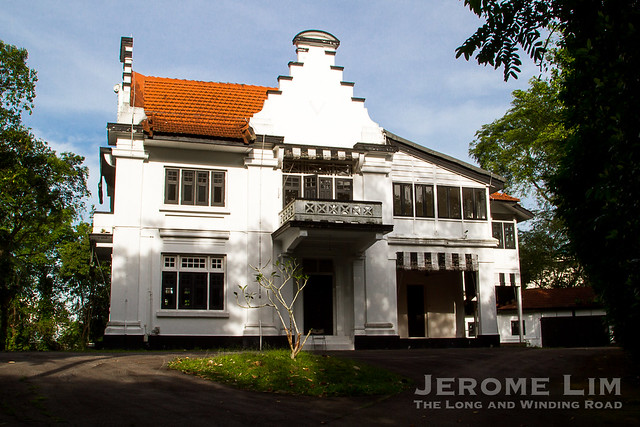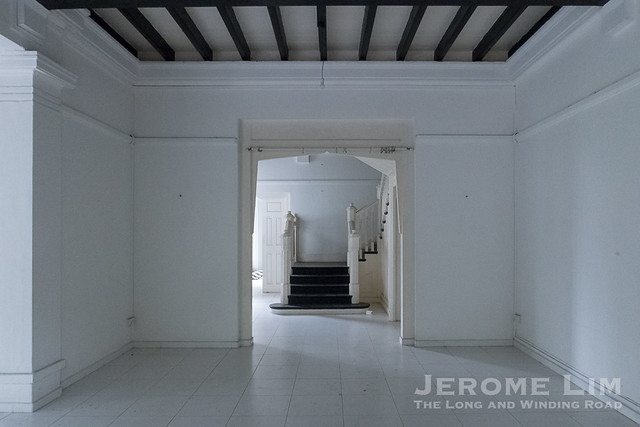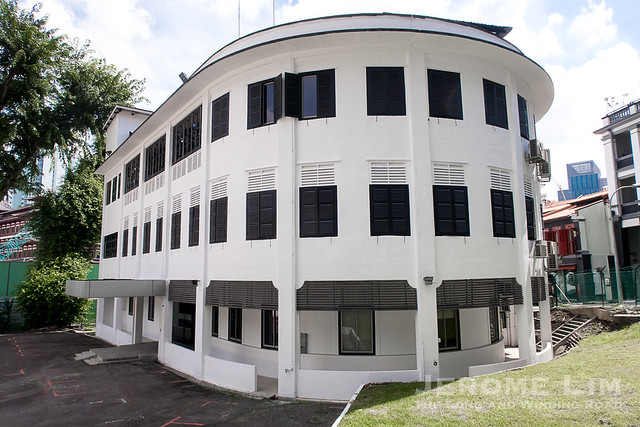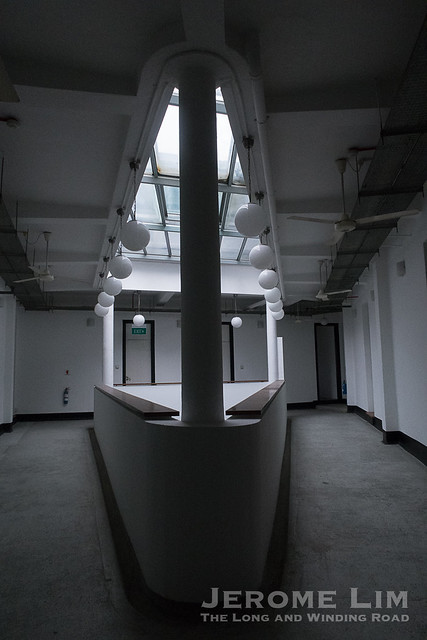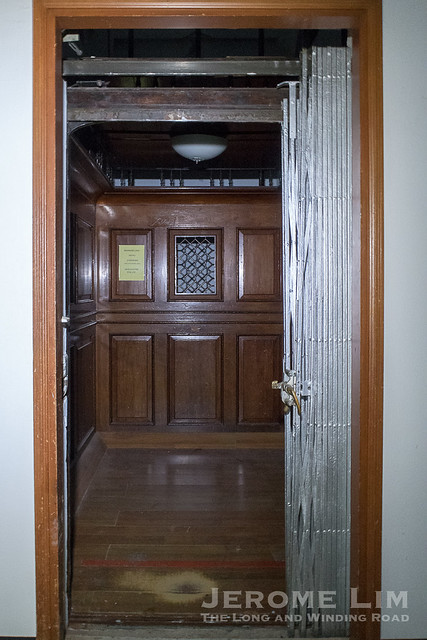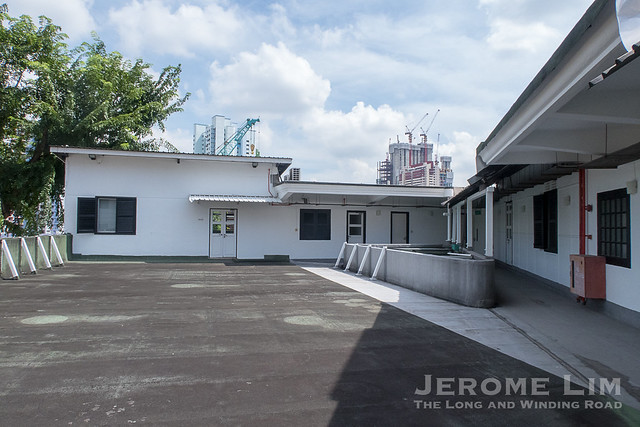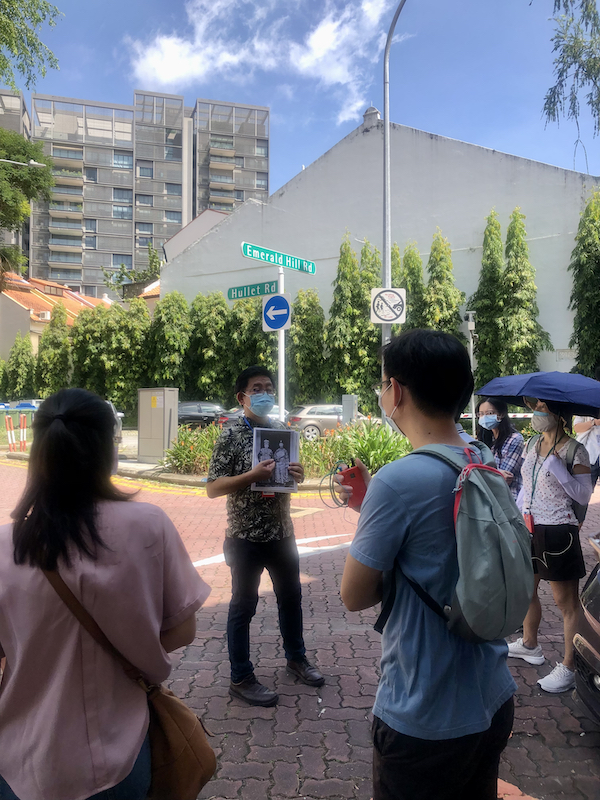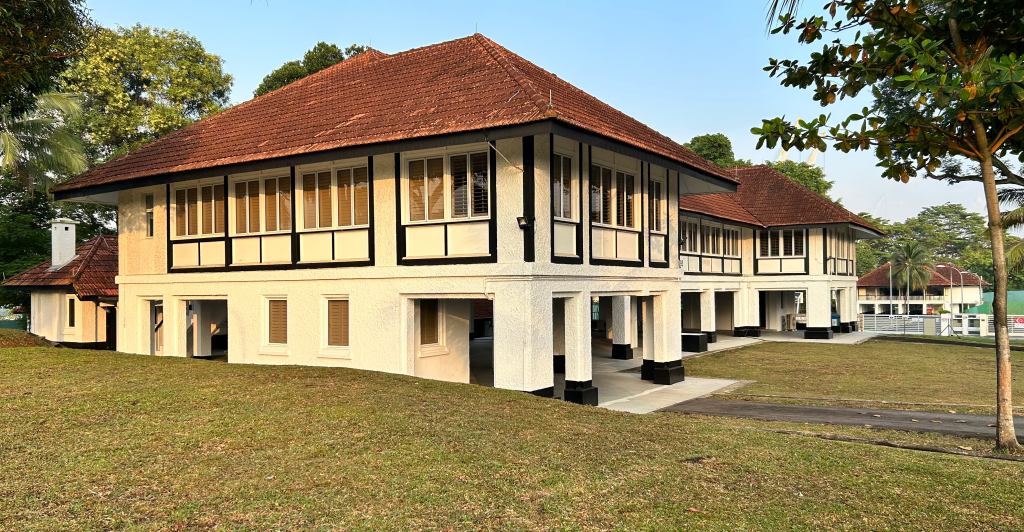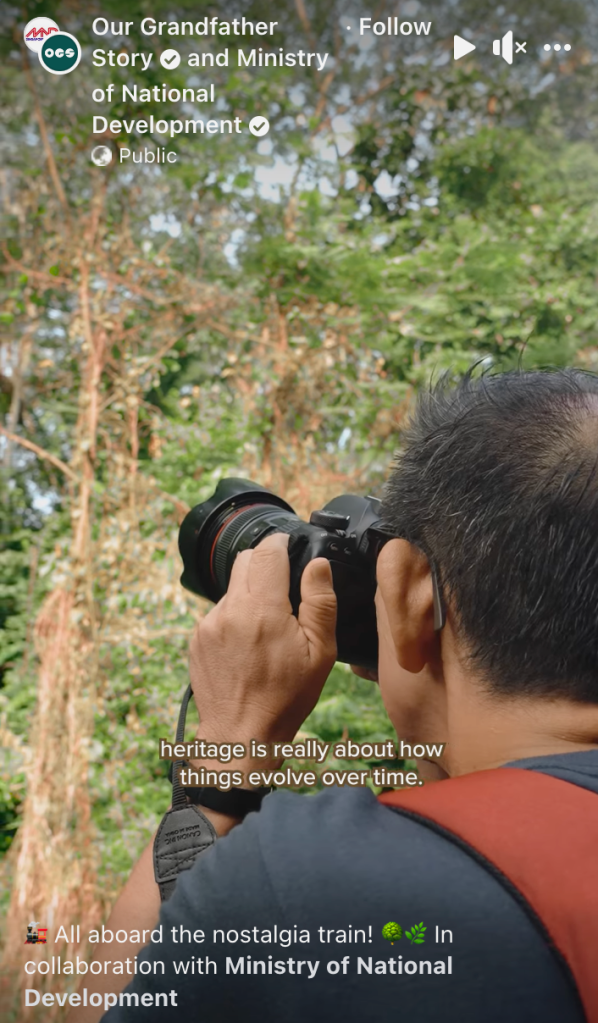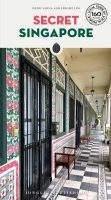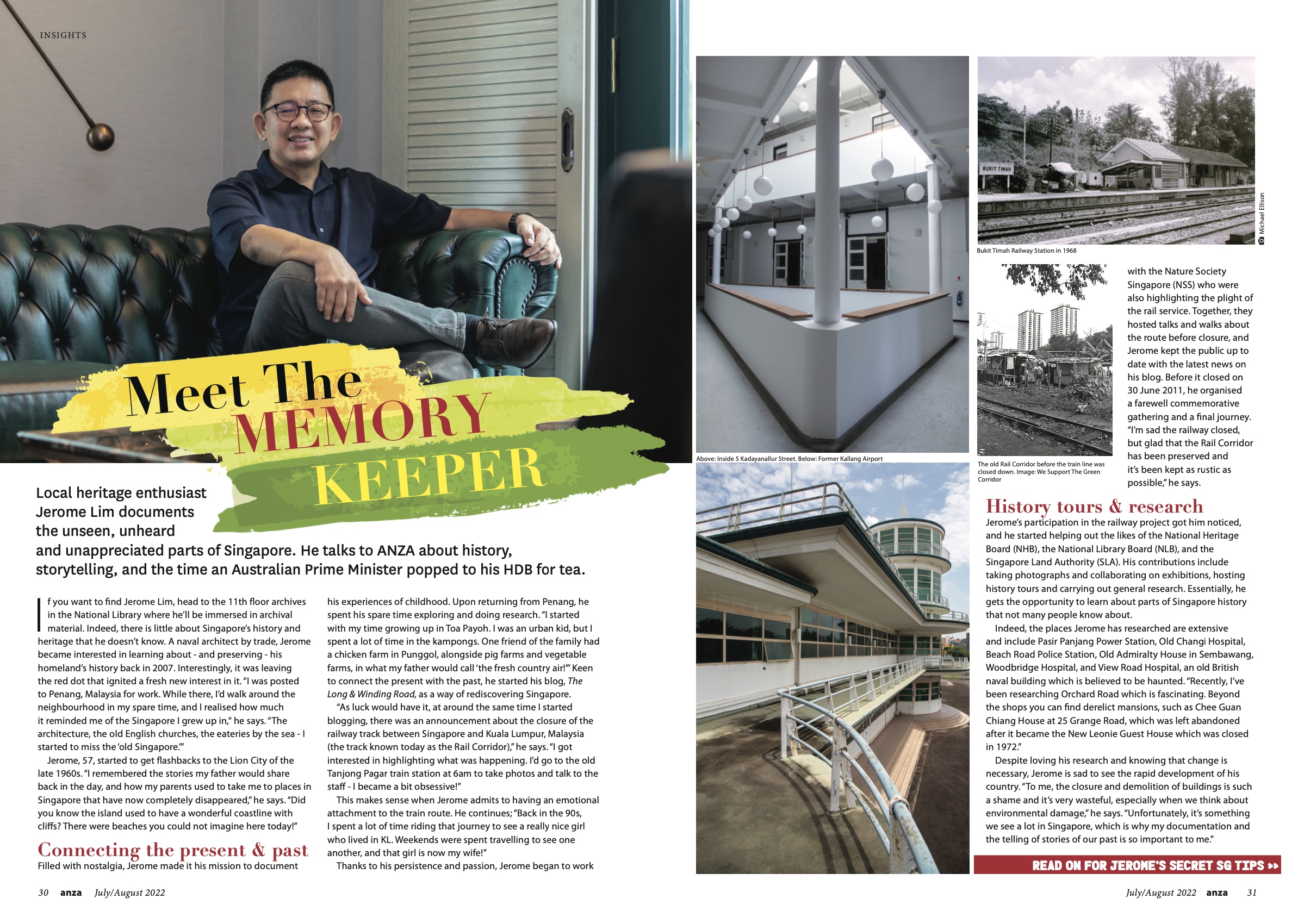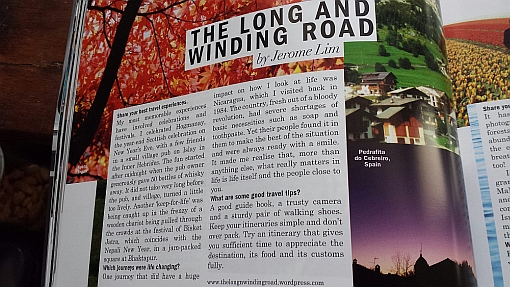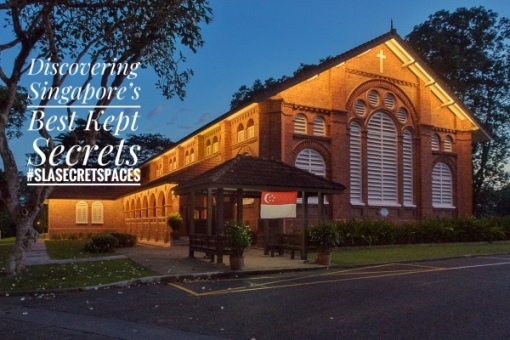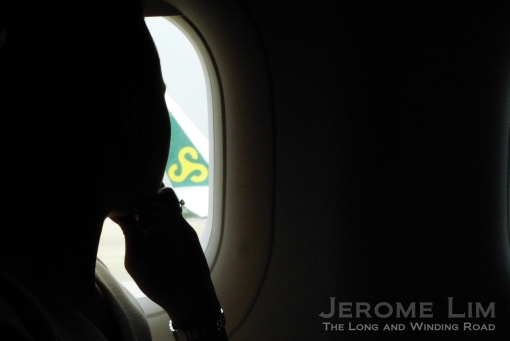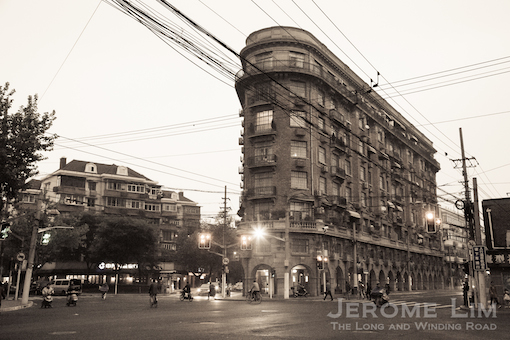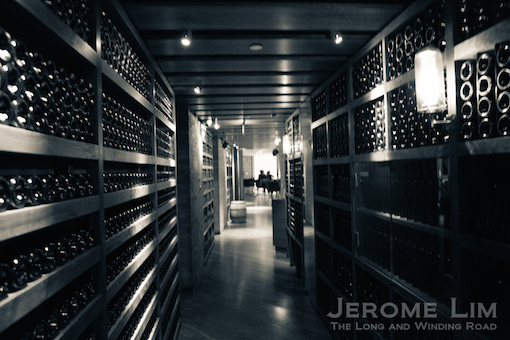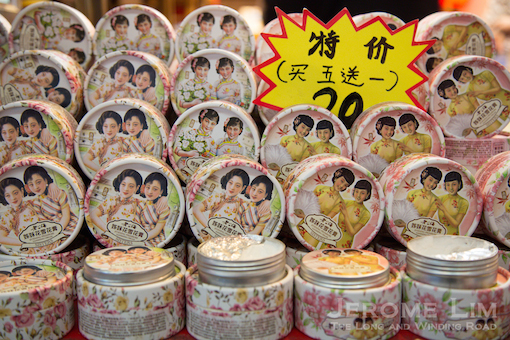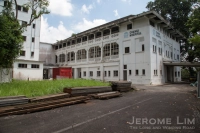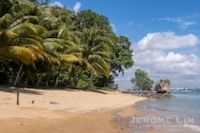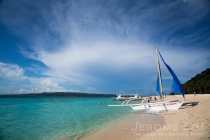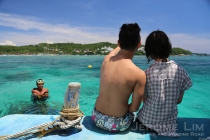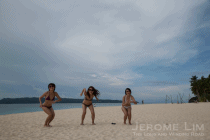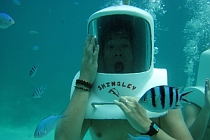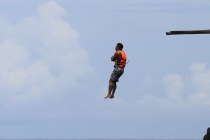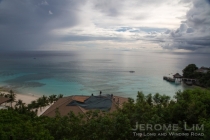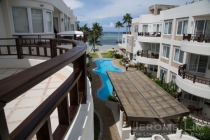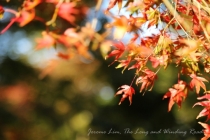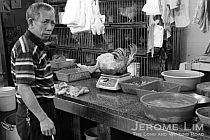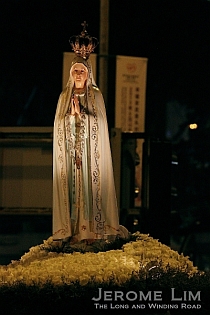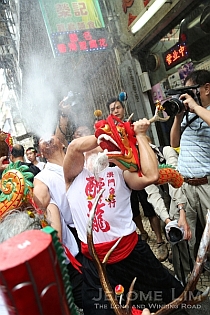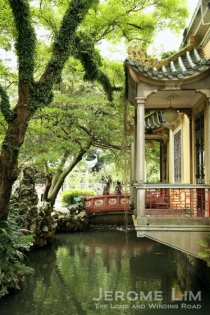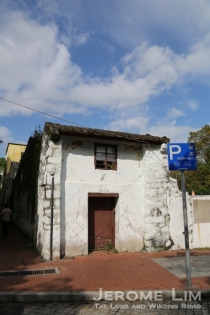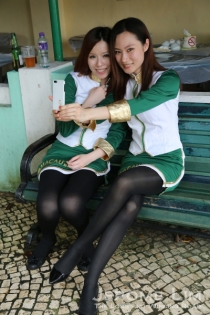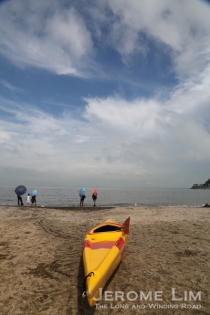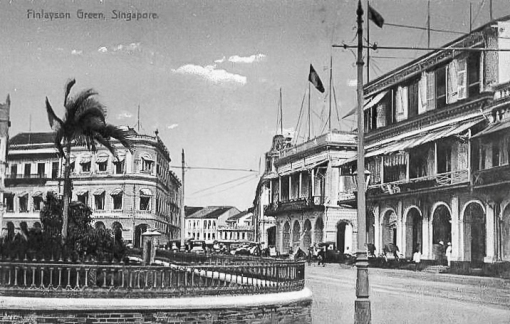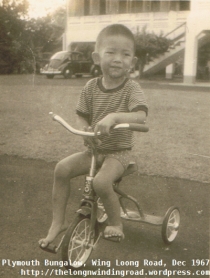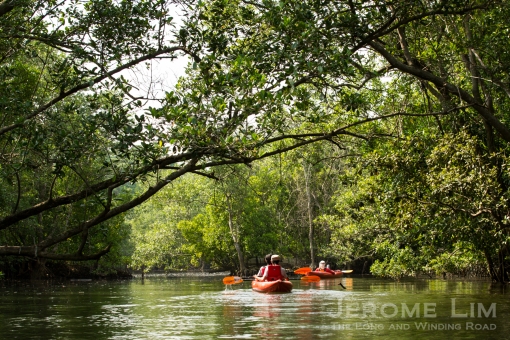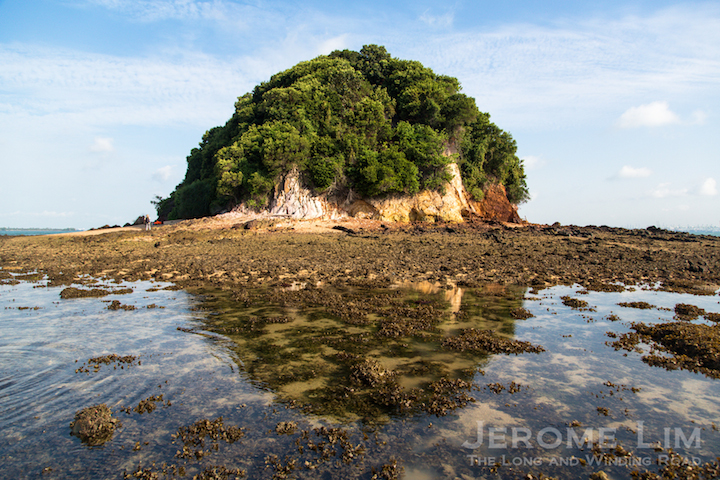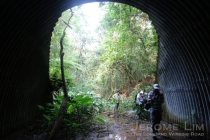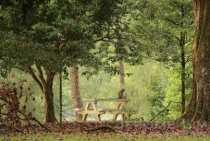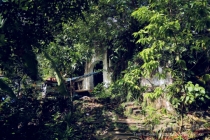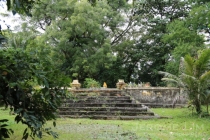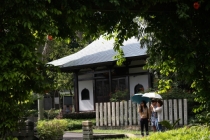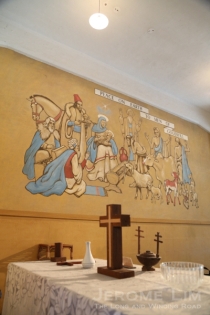Information on the series can be found at this link.
Do note that there are no further tours to Old Changi Hospital planned.
The idea behind these tours is to permit members of the public to gain access to the otherwise restricted sites to allow history and also alter misconceptions many may have about the sites such as Old Changi Hospital.
Contrary to popular belief, the site – originally part of the Royal Engineers’ Kitchener Barracks – only became a hospital after the war in 1947. That was after the RAF established an air station at Changi, building on an air strip laid during the Japanese Occupation.
Kitchener Barracks was part of the larger POW camp complex in Changi in the early part of the Occupation until early 1943. During that period, a POW hospital was set up in Roberts Barracks – in what is now Changi Air Base (West) – where the Changi Murals were painted.
Kitchener Barracks was vacated when a significant proportion of POWs were moved out of Singapore to work on projects such as the Siam-Burma “Death” Railway and was subsequently used by Japanese personnel involved in supervising the construction of the airstrip.
There are no accounts of torture and in fact accounts of POWs held at Kitchener Barracks tell us that the POWs had minimal contact with the Japanese troops during their time there. Dispatches sent by General Percival to the War Office in London prior to the Fall of Singapore also confirms the fact that there was the hospital at Changi did not then exist.
First of 2018 visits will be to the former Naval Base housing area in Sembawang
Details of Visit:
Date : 2 June 2018
Time : 10 am to 11.45 am
Registration: https://goo.gl/forms/bcdJ8nlccdtBiqSo1 (Limited to 30 persons)
[Registration has closed as all places have been taken up. An email with instructions will be sent to all who have successfully registered through the above link.]
Participants must be 18 and above.
Do note that a unique registration is required for each participant. Walk-ins on the day will not be permitted. There is also a list of terms and conditions attached to the visit as well as clauses relating to indemnity and personal data protection you will need to agree to. Please read and understand each of them.
Do also note that some walking will be required for this visit.
A second series of “Discovering Singapore’s Best Kept Secrets” guided State Property visits is being organised this year with the very kind permission and support of the Singapore Land Authority (SLA). The visits will take place once a month starting from June and will possibly run until December 2018. The series will present an opportunity for registered participants to visit several State properties as well as discover each of the sites’ histories. The series this year will also see the participation of the Urban Sketchers Singapore (USKSG), who will be invited to sketch the properties involved (sign-ups managed separately by the USKSG).
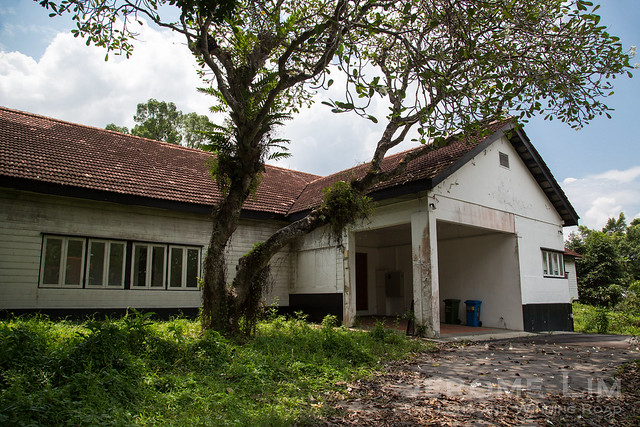
The “Japanese Theatre”, thought to have been built during the Japanese Occupation.
The first guided visit of the series will be held on 2 June 2018. This will take participants into the heart of the former Sembawang Naval Base’s residential complex, set in an area where the base’s first housing units came up. The properties that will be visited each represent a different period of the base’s history: pre-war, the Occupation and the last days of the base. The properties involved are a Black and White house at Queen’s Avenue, a community hall cum theatre thought to have been built during the Occupation at Gibraltar Crescent and a rather uniquely designed block of flats – one of two that came up in the early 1960s at Cyprus Road.
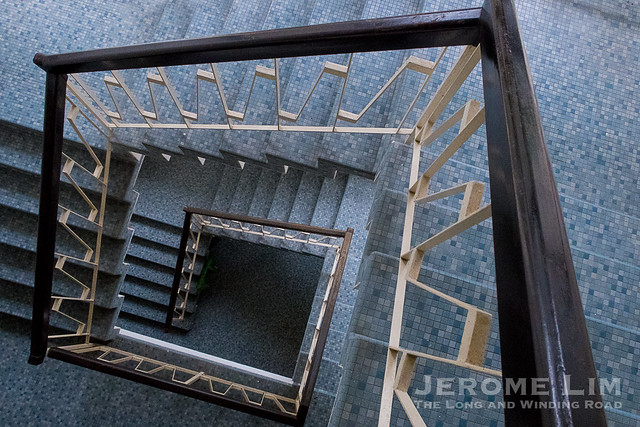
The staircase of a tropical modern apartment block built in the 1960s.
The construction of the Naval Base, which stretched along Singapore’s northern coastline from the Causeway to what is today Sembawang Park, was a massive undertaking. Construction began in the late 1920s and included the relocation of villages, clearing of land – much of which was acquired by the Straits Settlements Government from Bukit Sembawang and donated to the Admiralty. It was only in the late 1930s that the base was completed. Built in response to the post World War I Japanese naval build up, the base was sized such that the entire British naval fleet could be accommodated. The base also boasted of the largest graving dock east of the Suez – the King George VI (KG6) dock.

A pre-war housing unit.
To accommodate the large numbers of British personnel that were needed, first to construct and then later to operate the base (the latter with their families), large numbers of residential units were built. Amenities, such as recreational facilities and schools, were also constructed. Many of these can still be found – spread across large areas of the former base given to housing. These properties and the settings they are still found in, provide an idea of the considerations that were taken by the military facility planners to provide a maximum of comfort and ease living conditions in what would then have been a strange and harsh tropical setting.
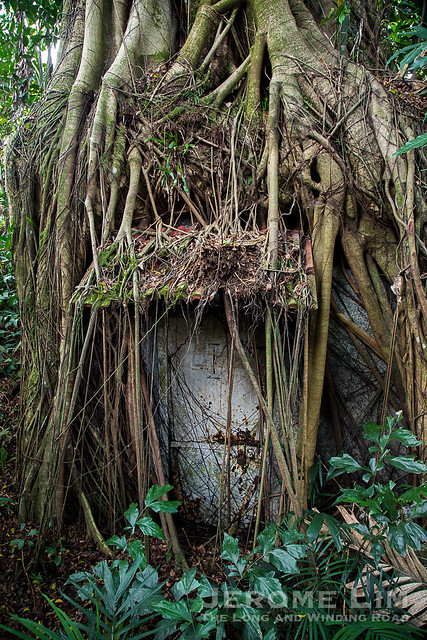
Found in the housing area – the “Ta Prohm” of Singapore?
With the pullout of the British military forces in 1971, the base ceased operations. Besides the large number of former residences1, parts of the base are still very much in evidence today. These include some of the base’s working areas – such as the former dockyard (which was taken over by Sembawang Shipyard in 1968) and the former Stores Basin (now used as a naval supply depot and as the wharves of Sembawang Port).

The block of flats in Cyprus Road.
1Some 400 former residences including low-rise flats were handed over to Singapore in 1971 when the British pulled their forces out. Many saw use by the ANZUK forces and later the New Zealand ForceSEA.
Previous Discovering Singapore’s Best Kept Secrets visits to the former Naval Base:
More on the Naval Base:



